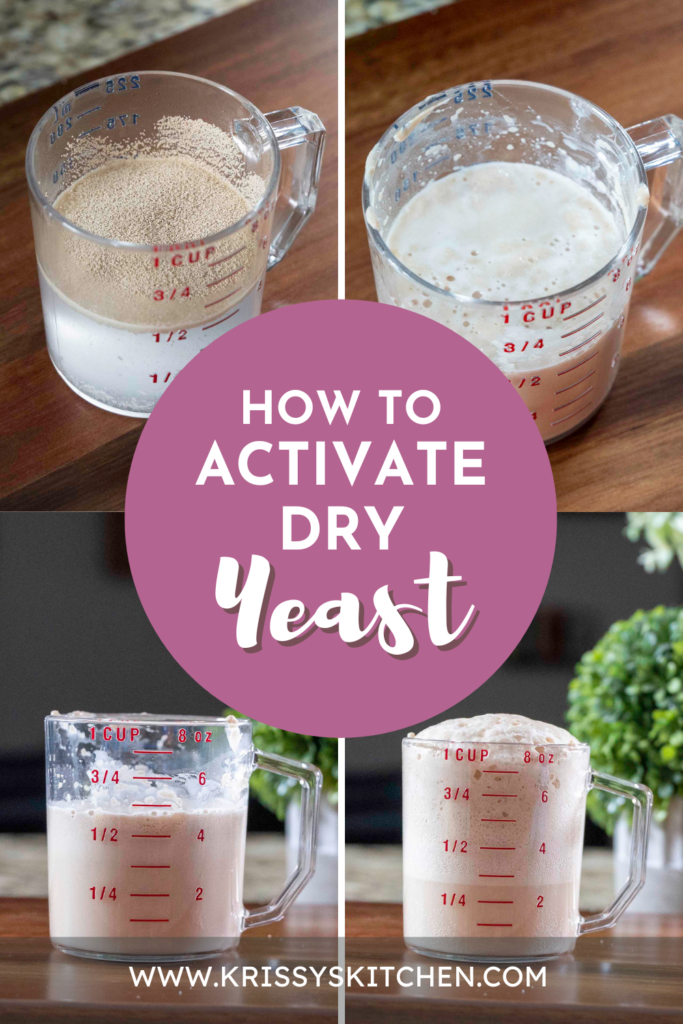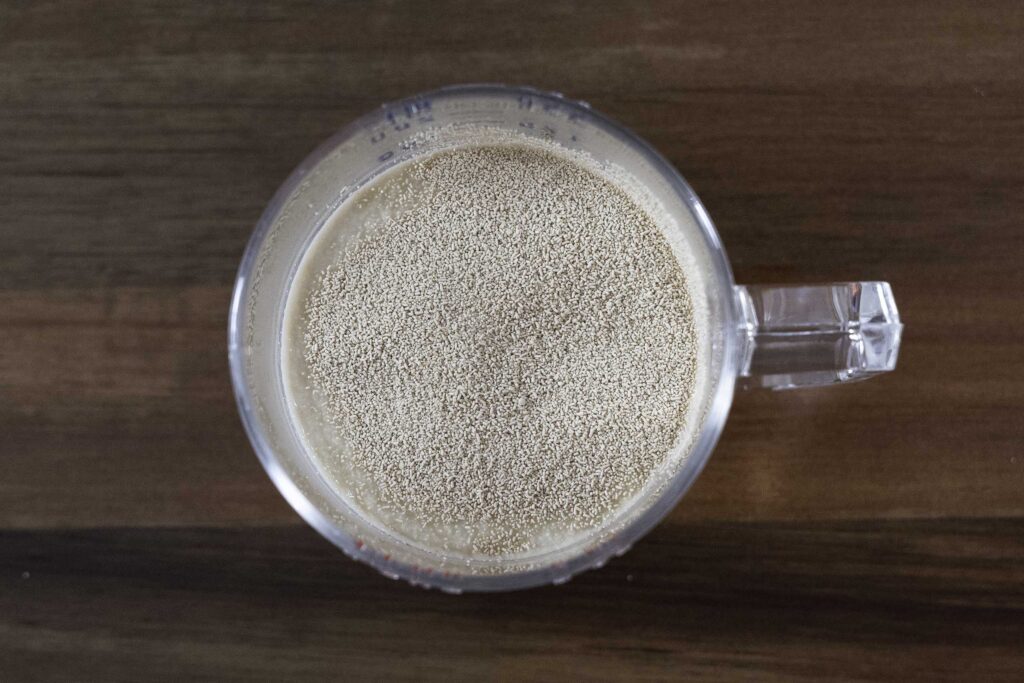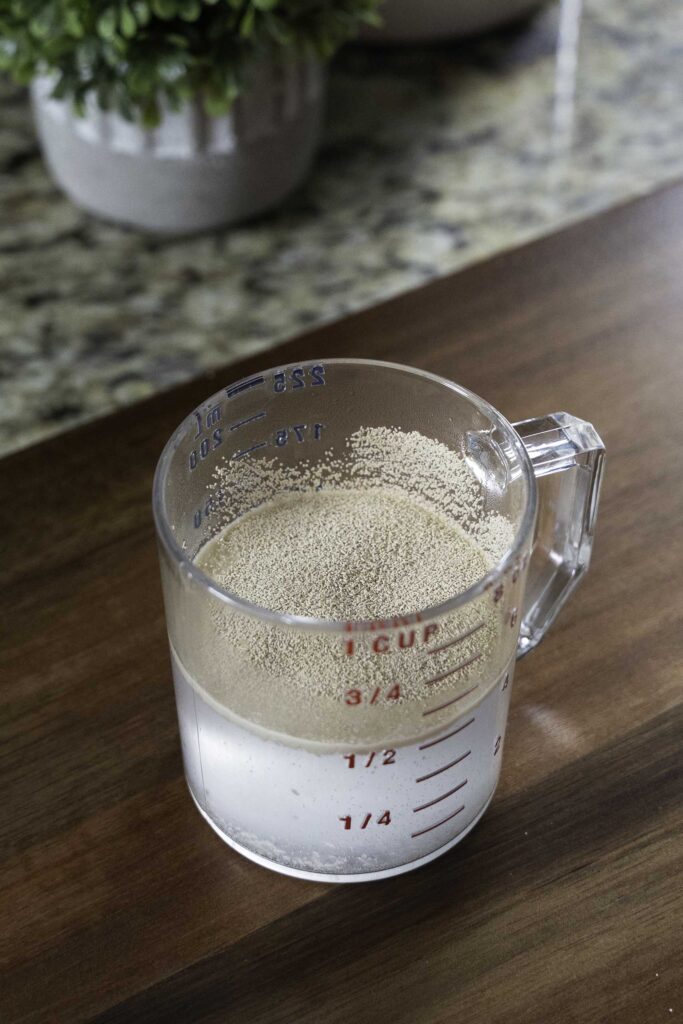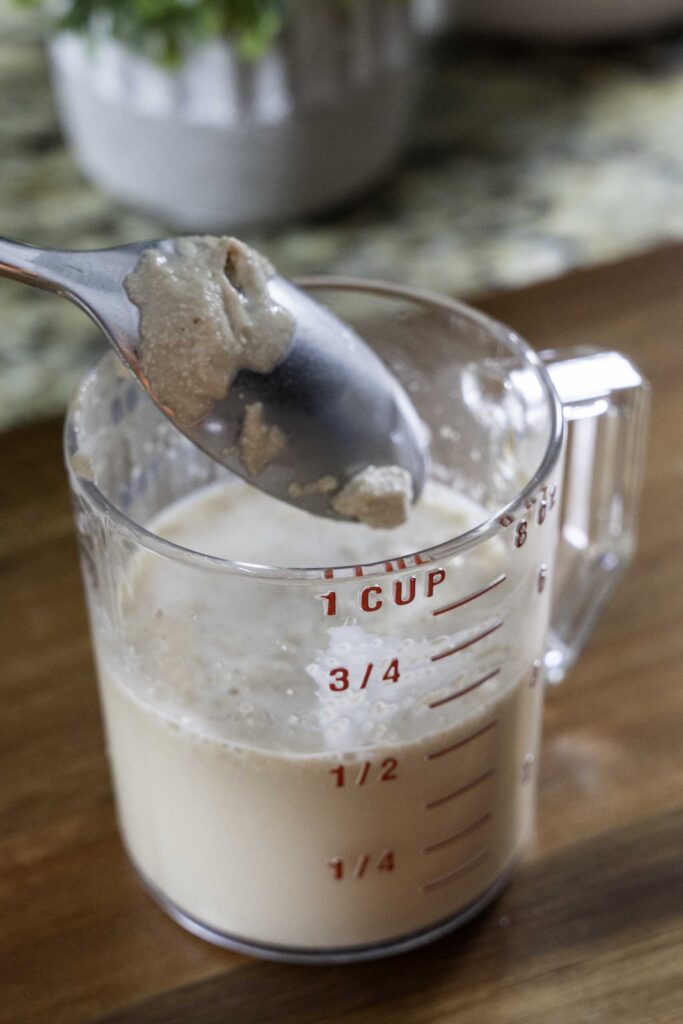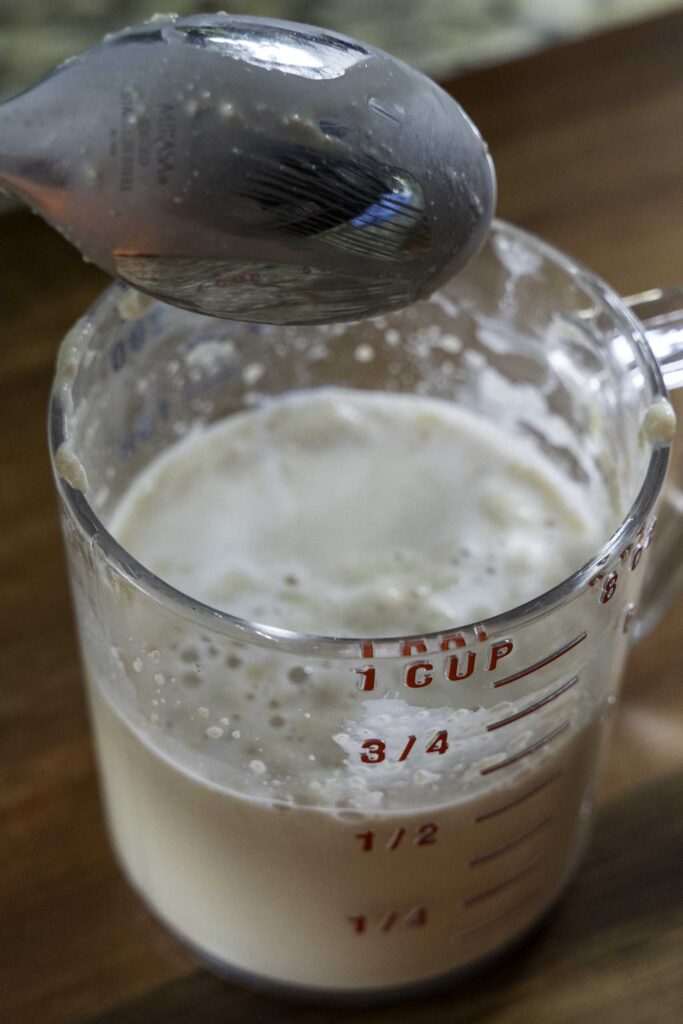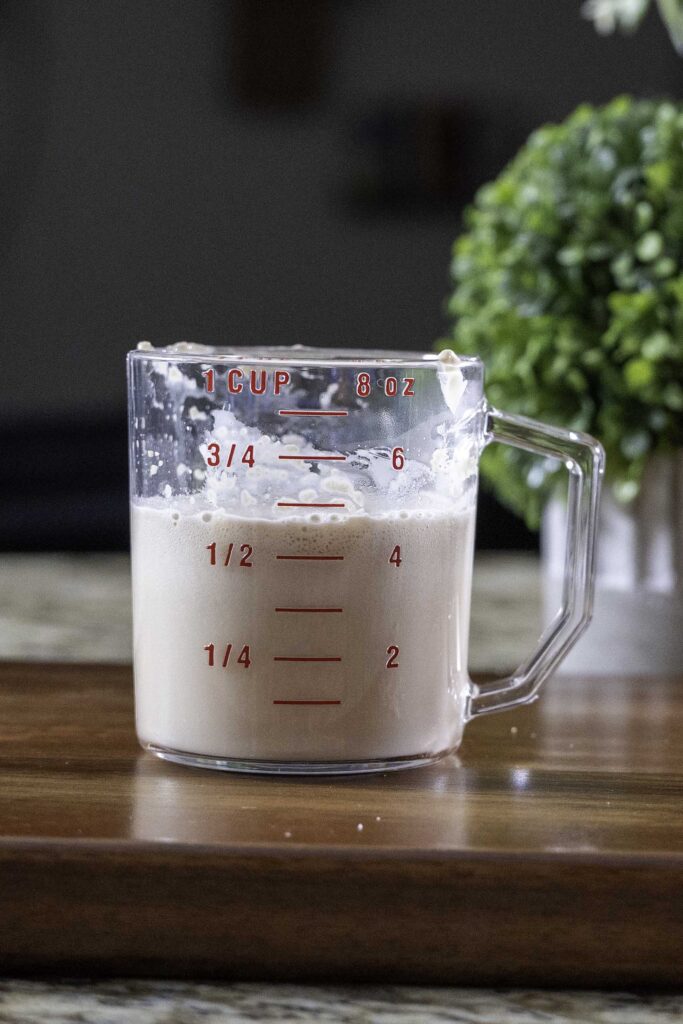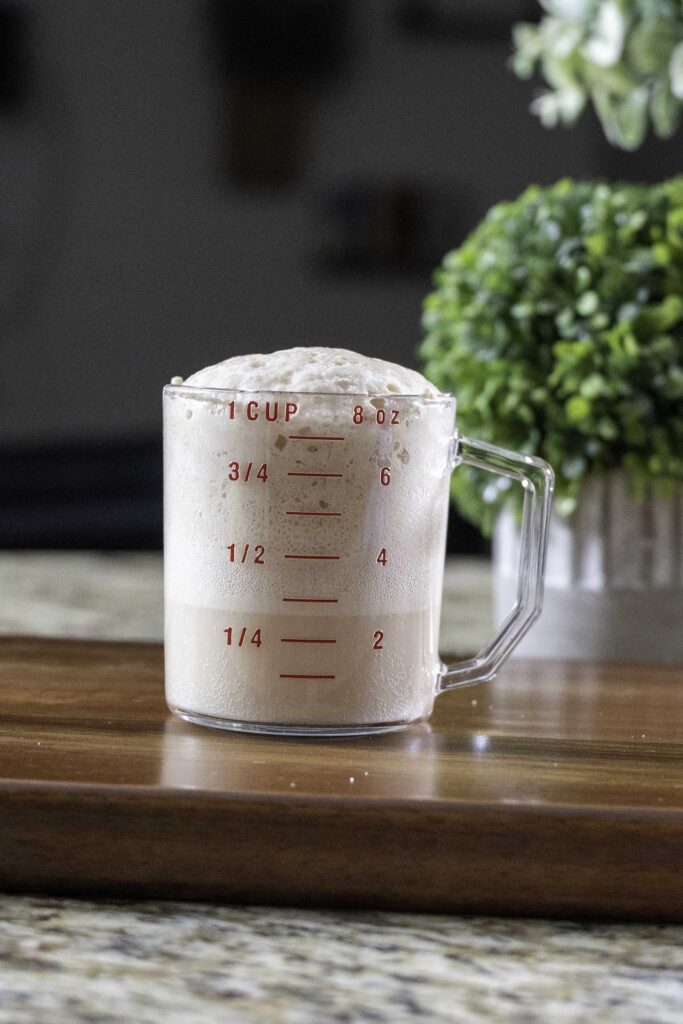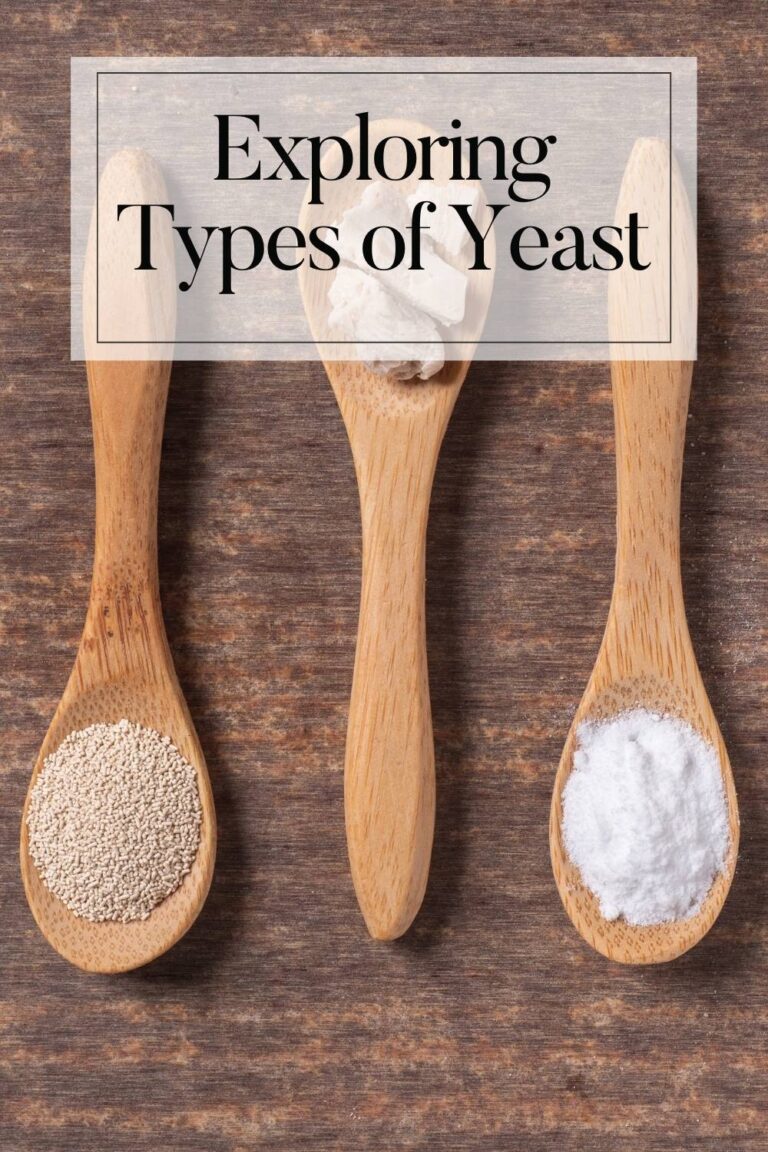How to Activate Dry Yeast
I spent most of my early (wannabe) baking days intimidated by activating yeast. I was always afraid I was going to do it wrong and then ruin the magic ingredient in my bread or rolls ruin the recipe. But, after I learned how to activate Dry yeast, I realized it isn’t as hard as I made it out to be.
Active dry yeast is a type of yeast commonly used as a leavening agent in baking. It has been around for years and is most likely what your grandma used and what people think about when they think of buying yeast. It is a dry, granulated form of yeast that is dormant until rehydrated with water and activated. This yeast is a popular choice for home bakers and although may make some beginner bakers uneasy about using because of the rehydrating step, it actually is easy to do.
To activate dry yeast you need to rehydrate it in warm liquid. This process allows the yeast to become active and start fermenting, which is crucial for leavening bread and other baked goods.
Here’s a step-by-step guide on how to activate dry yeast:
What you need:
- Active Dry Yeast
- Warm Water (between 100 – 130 degrees Fahrenheit)
- A small bowl
- A spoon for stirring
- Small amount of sugar (optional but recommended)
Step 1: Measure the yeast & Water
Check your recipe for the specific amount of dry yeast required. If your recipe calls for instant yeast, you can substitute active dry yeast with a ratio of 1:1. You will just need to adjust for the extra liquid used in the activation process and subtract that from the liquid called for in the recipe. Active dry yeast also has a slower rate of action than instant yeast; therefore, your dough MAY take slightly longer to rise. Just monitor your dough while it is rising and adjust the time as needed.
It is important to use warm water in the activation process. Using the right water temperature is crucial. Water that’s too hot can kill the yeast (above 140 degrees F), and water that’s too cold may not activate it properly. Use a thermometer to make sure your water is warm enough. The water should be between 100-130 degrees F. If you do not have a thermometer, it should not feel hot to the touch but should feel warm.
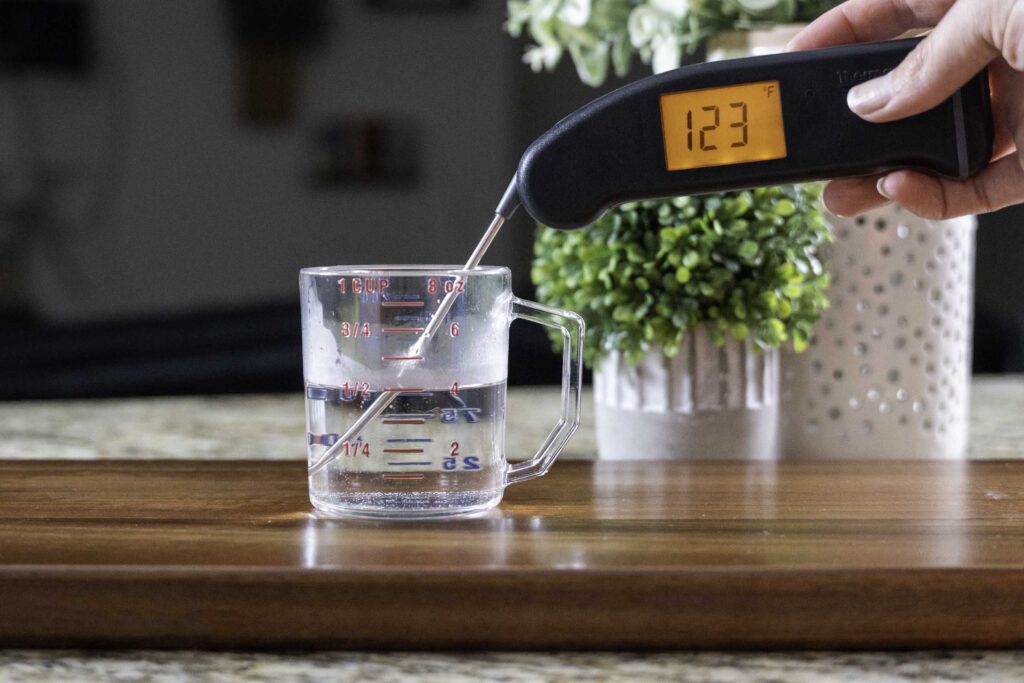
Active Dry yeast is dissolved in at least four times its weight in water. So, if your recipe calls for 1 packet of yeast that weighs .25 oz, you would need at least 1 oz of warm water to dissolve the yeast.
If you don’t have a kitchen scale, you can use this info to figure out the amount of water to yeast ratio.
1 Packet of Yeast = 2 1/4 tsp yeast – use at least 2 Tablespoons warm water
Step 2: Dissolve Sugar
After measuring the yeast and warm water, add the water to small bowl and add 1/2 – 1 tsp sugar.
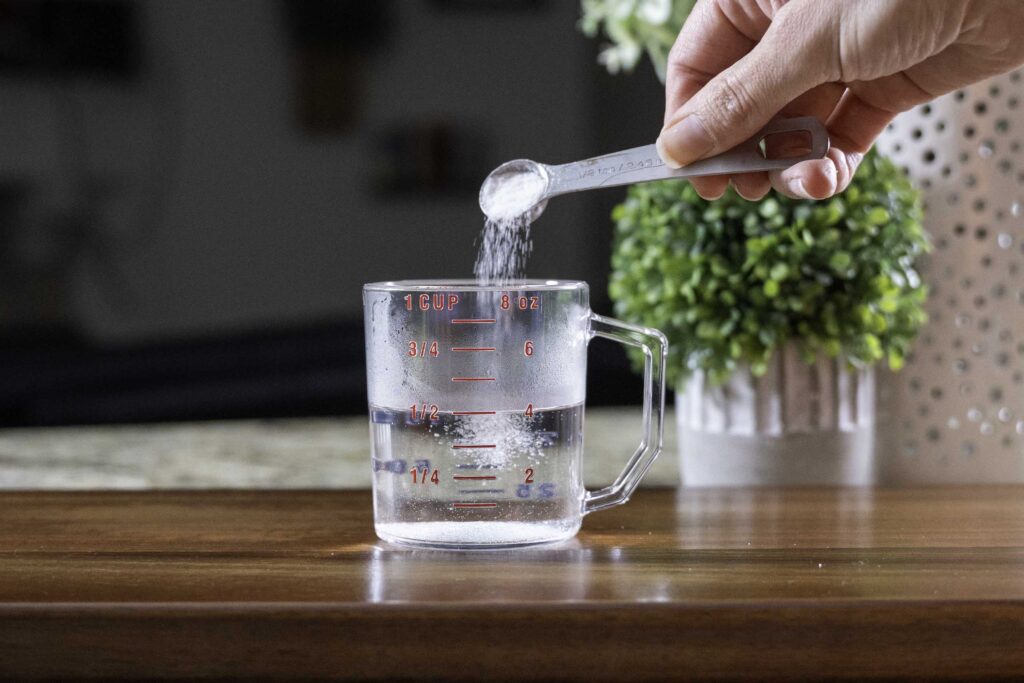
Step 3: Sprinkle active Dry yeast & Stir
Then, sprinkle the active dry yeast on the top of the water. Stir with spoon to wet all the yeast granules.
Step 4: Let sit and wait
Let sit. In 3-4 min, the yeast will have absorbed enough water to activate and then will start to foam. After about 10 min the yeast mixture will be very foamy and will have doubled or more in size.
The yeast mixture is activated and ready to be added to the recipe. When adding your ingredients into the mixer, the water or liquid goes in first, then the dry ingredients and the yeast mixture goes in last.
*Note: If you are not sure if your yeast is active enough, you can test it by filling a liquid measuring cup with warm water to the 1/2 cup line. Dissolve 1 tsp sugar in the water and then sprinkle 2 1/4 tsp of yeast on top of the water. Stir to wet all the yeast granules and wait. If the foamy mixture doesn’t reach the 1 cup mark on the measuring cup after about 10 min, discard the yeast. If it reaches the 1 cup mark and is round on top, the yeast is very active and ready.
As you can see, learning how to activate yeast isn’t hard at all. I can’t believe it took me so long to learn how to activate dry yeast. It is an easy step and one that you should just jump in and try. Your breads and rolls will thank you. 🙂
